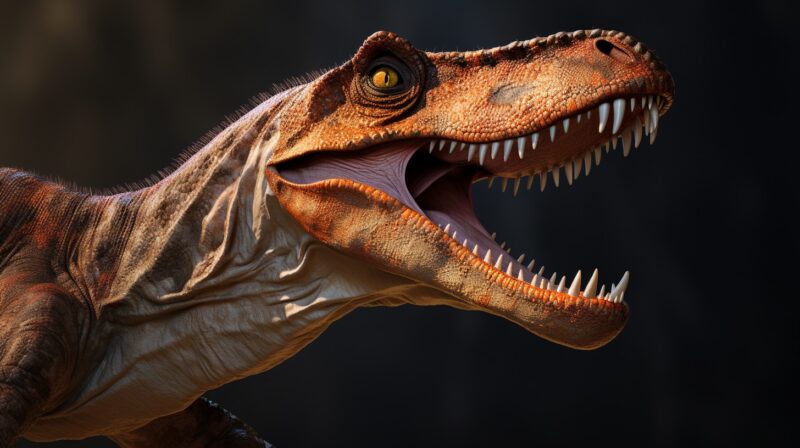Dinosaurs have always been a subject of fascination. From their massive sizes to their terrifying features, they’ve captured the imagination of many.
However, not all dinosaurs were fearsome giants. Some were downright adorable! Let’s dive into the world of the cutest dinosaurs that ever roamed the Earth.
13. Protoceratops: The Parrot-Beaked Dino
Diving deeper into the world of the Protoceratops, this dinosaur hailed from what is now Mongolia. Measuring about 6 feet in length and weighing roughly 200 pounds, it was a compact creature. Its most distinguishing feature was its broad, shield-like frill at the back of its skull, which may have served as a protective mechanism or a display to attract mates.
The Protoceratops lived in a desert-like environment, and its parrot-like beak was perfectly adapted for cropping tough vegetation. Fossils suggest that it lived in herds, much like modern-day sheep or goats. Interestingly, a famous fossil discovery showcases a Protoceratops locked in combat with a Velociraptor, indicating that these little herbivores weren’t always just passive prey.
12. Hypsilophodon: The Forest Sprinter
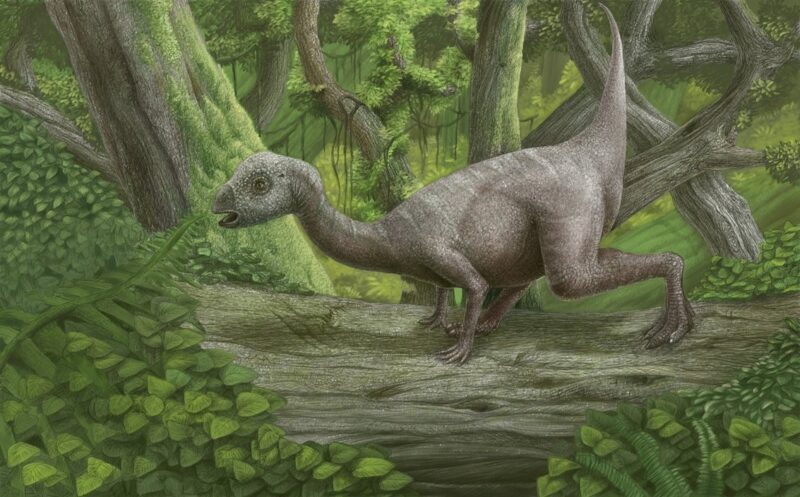
The Hypsilophodon, native to what is now England, was a dynamic creature of the Early Cretaceous. Measuring up to 5 feet in length, it was a lightweight, agile dinosaur, weighing only about 45 pounds. Its anatomy suggests it was built for speed. With strong hind limbs, a stiff tail for balance, and a slender build, it was likely one of the fastest dinosaurs of its time.
Its diet primarily consisted of ferns and other low-growing plants. The large eyes of the Hypsilophodon hint at a possible crepuscular lifestyle, meaning it might have been most active during dawn and dusk. This could have been a strategy to avoid larger predators during the day.
11. Microceratus: The Tiny Titan
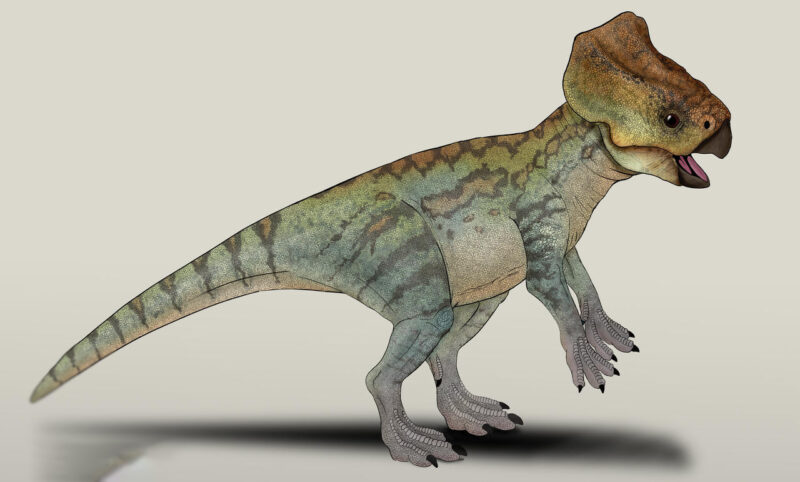
The Microceratus, formerly known as Microceratops, is one of the smallest known dinosaurs, hailing from the Late Cretaceous period of Mongolia and China. Weighing in at a mere 2 pounds and measuring just about 2 feet in length, it was a pocket-sized herbivore.
Despite its small stature, the Microceratus had a robust build. Its horned snout wasn’t just for show; it likely played a role in foraging for food, digging up plants, or breaking apart tough vegetation. The row of spiky frills on its back might have served as a display feature or possibly a deterrent for predators, making it appear larger or more intimidating than it actually was.
Its habitat was likely open plains, where it could use its speed and agility to evade predators. Given its size, it would have had many predators, so being alert and quick on its feet was crucial for survival. The playful image of the Microceratus dashing around the plains, with its frills bouncing, is a testament to the diverse and fascinating world of dinosaurs.
10. Oviraptor: The Misunderstood “Egg Thief”
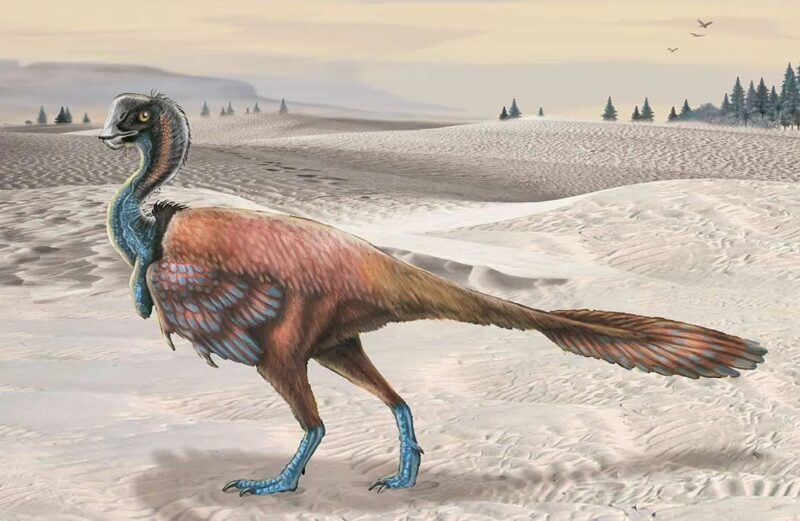
The Oviraptor’s reputation as an “egg thief” is a bit of a misnomer. While it was initially believed to feast on eggs due to the discovery of a specimen near a nest, further research suggests that the nest might have actually belonged to the Oviraptor itself.
Native to the late Cretaceous period and found primarily in Mongolia, this dinosaur had a unique appearance that set it apart. Its toothless beak and feathered arms are reminiscent of modern-day birds, leading many to believe it played a crucial role in the evolutionary bridge between dinosaurs and birds.
The crest on its head, made of solid bone, might have been used for display or communication within its species. Despite its predatory appearance, the Oviraptor’s diet was varied, possibly including small animals, insects, and plants.
9. Minmi: The Petite Armored Wonder
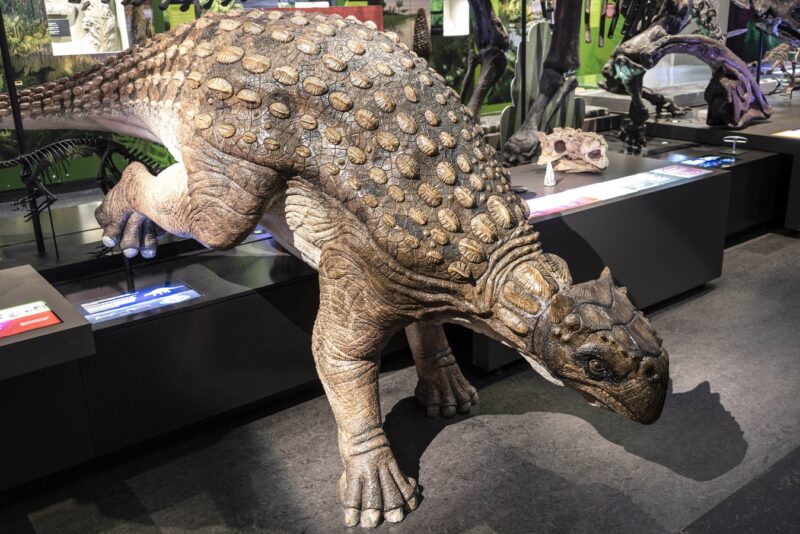
Named after Minmi Crossing in Queensland, Australia, where it was first discovered, the Minmi is one of the smallest known ankylosaurs. Measuring around 3 meters in length, this dinosaur was a herbivore that roamed the Early Cretaceous landscapes.
Its body was adorned with bony plates known as osteoderms, providing it with a natural armor against predators. These plates were arranged in beautiful patterns, adding an aesthetic appeal to its already charming appearance.
The Minmi’s short legs meant it wasn’t the fastest dinosaur around, but its armor made it a tough target for potential predators. Its rounded body and stubby tail, covered in spikes, give it an appearance that’s both formidable and adorable.
8. Pachycephalosaurus: The Dome-Headed Dynamo
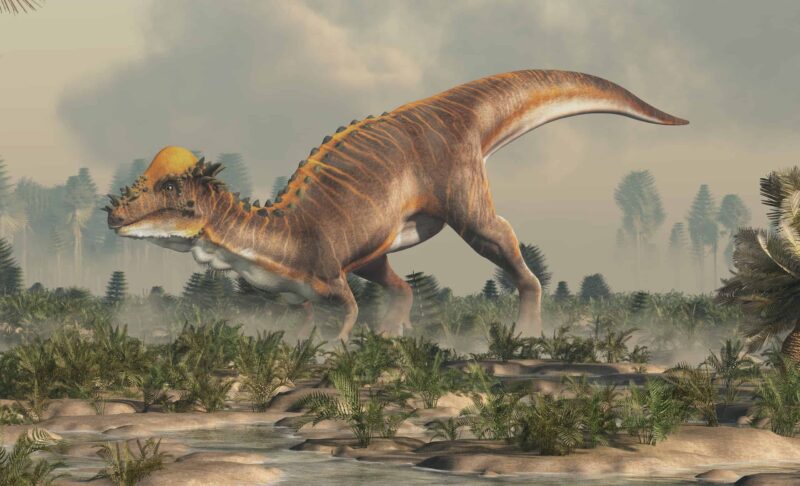
The Pachycephalosaurus, often referred to as the “thick-headed lizard,” is a standout in the world of dinosaurs due to its distinctive domed skull. This dome, which could be up to 10 inches thick, was made of solid bone.
While the exact purpose of this dome is still a topic of debate among paleontologists, many believe it was used for head-butting, either in combat with rivals or as a display during mating rituals. Found in North America and dating back to the Late Cretaceous period, this dinosaur was bipedal and had a relatively small size, making it agile.
Its large, round eyes gave it a somewhat comical appearance, and its herbivorous diet meant it spent much of its time grazing peacefully. The juxtaposition of its powerful head and gentle nature makes the Pachycephalosaurus a fascinating and endearing creature.
7. Parasaurolophus: The Harmonious Herbivore
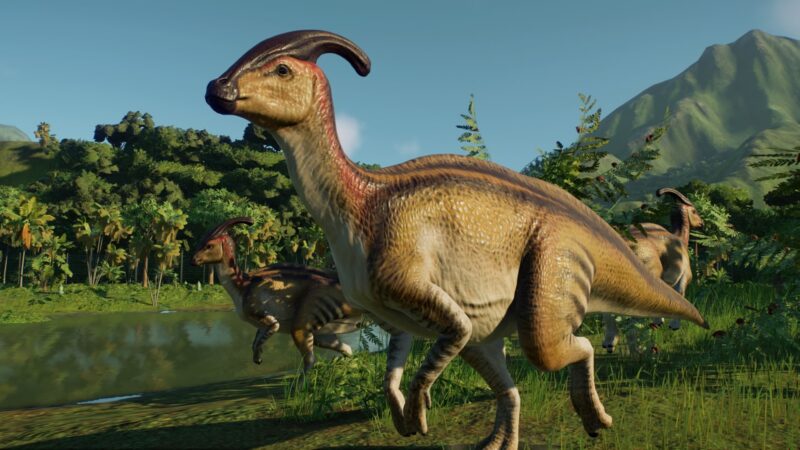
The Parasaurolophus, with its iconic long, curved crest, is indeed a sight to behold. Native to the Late Cretaceous period, this dinosaur roamed the regions of North America. The crest, which could reach lengths of up to six feet, wasn’t just for show.
Hollow tubes ran from the nostrils into the crest and then back to the throat, allowing the Parasaurolophus to produce deep, resonating sounds. These sounds could have been used for communication, attracting mates, or even deterring potential predators. Its herbivorous diet consisted mainly of leaves and fruits, and its beak was perfectly adapted for cropping vegetation.
The Parasaurolophus’s peaceful demeanor and its ability to “sing” make it a captivating subject of study and admiration.
6. Maiasaura: The Devoted Dino Mom
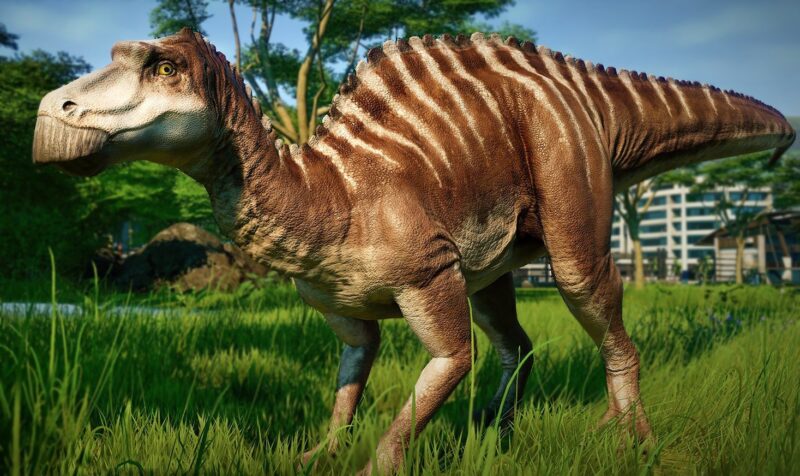
The Maiasaura, hailing from the Late Cretaceous period, is a testament to the nurturing side of nature. Discovered in Montana, the fossils of this dinosaur provided groundbreaking insights into the parenting behaviors of dinosaurs.
The large nesting colonies, with carefully constructed nests and evidence of hatchlings, suggest that the Maiasaura took exceptional care of its young, feeding them until they were old enough to fend for themselves.
This level of parental care is rare in the reptilian world, making the Maiasaura truly special. Its duck-billed face, combined with its gentle eyes, gives it an endearing appearance that complements its nurturing nature.
5. Bambiraptor: The Tiny Feathered Marvel
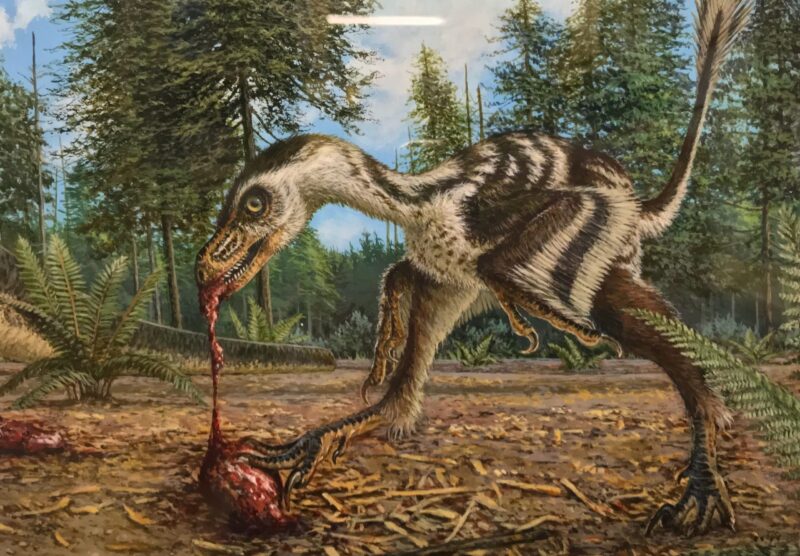
The Bambiraptor, with its evocative name, is a testament to the diverse world of raptors. Found in Montana and dating back to the Late Cretaceous period, this dinosaur was about the size of a modern-day turkey. But don’t let its size fool you; the Bambiraptor was a nimble predator.
Its feathered body suggests it was warm-blooded, and its large eyes were perfectly adapted for hunting. The delicate features, combined with its agile nature, paint a picture of a creature that was both fierce and adorable.
The Bambiraptor’s fossils have provided valuable insights into the evolution of birds, further bridging the gap between dinosaurs and their avian descendants. Its name, inspired by the gentle fawn from Disney, captures the essence of this small yet captivating creature.
4. Stygimoloch: The Spiky Star
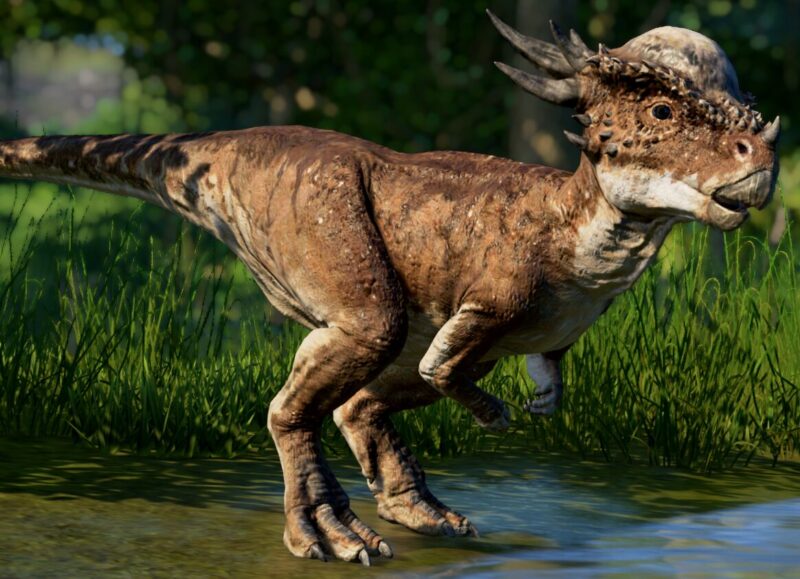
The Stygimoloch, whose name translates to “demon from the river Styx,” might sound like something out of a mythical tale. Originating from the Late Cretaceous period, this dinosaur is most recognized for its thickened, dome-shaped skull adorned with an array of spikes and horns.
While its headgear might seem designed for combat, recent studies suggest it might have been more for display or ritualistic purposes. Standing at about 10 feet in length, its relatively small size and inquisitive nature make it more of a curious creature than a menacing one.
Its large, round eyes give it an almost childlike innocence, making it a beloved figure among dinosaur aficionados.
3. Psittacosaurus: The Charming Chubby-Cheeked Herbivore
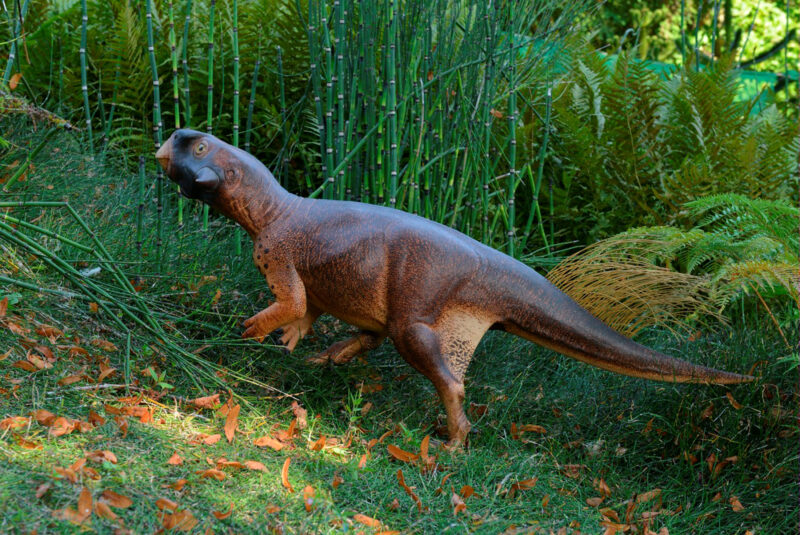
The Psittacosaurus, a resident of the Early Cretaceous period, roamed the regions of what is now Asia.
Its name, which means “parrot lizard,” aptly describes its parrot-like beak, which it used to nibble on vegetation. One of its most endearing features is its chubby cheeks, which give it a perpetually curious and friendly expression.
Standing on two legs and measuring up to 6 feet in length, this herbivore had a tail that provided balance and agility. Its large, expressive eyes and gentle demeanor make it easy to see why it’s a favorite among many.
2. Mussaurus: The Pocket-Sized Wonder
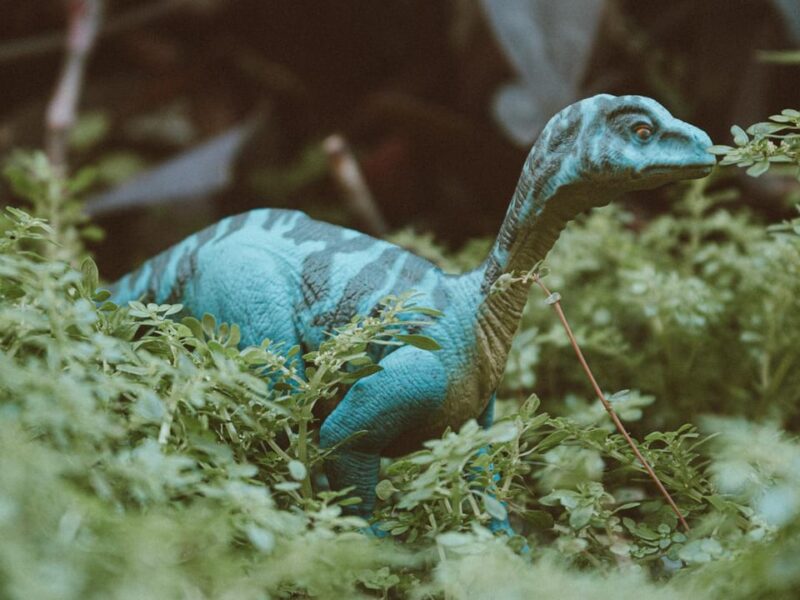
The Mussaurus, hailing from the Late Triassic period, is one of the earliest known sauropodomorphs. Found in Argentina, this dinosaur, in its juvenile stages, was no bigger than a mouse, hence its name.
As it matured, it grew to the size of a chicken, making it one of the smallest dinosaurs ever discovered. Its herbivorous diet and docile nature make it a gentle giant in a tiny package.
With its long neck and tail, it’s easy to see the evolutionary link between the Mussaurus and its much larger sauropod relatives.
1. Leaellynasaura: The Dinosaur with a Heartwarming Tale
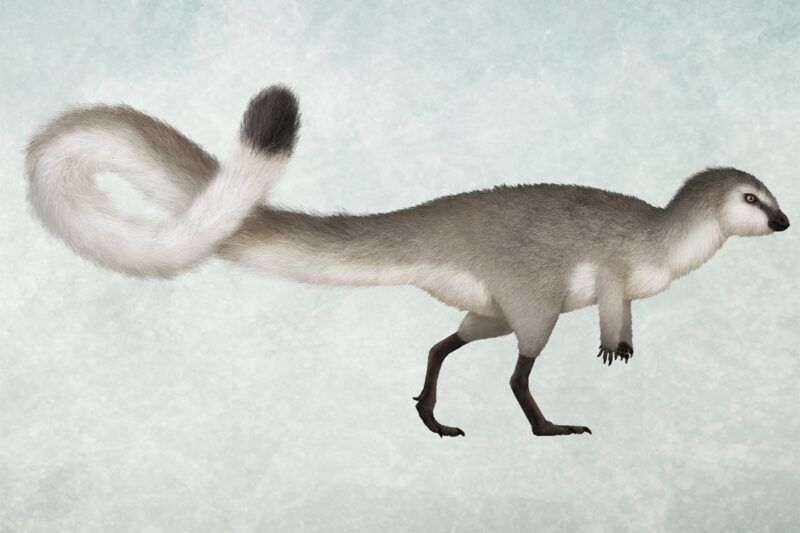
The Leaellynasaura is a testament to the wonders of discovery and the personal connections we can form with the ancient past. Found in Australia and dating back to the Early Cretaceous period, this small herbivore had a long, fluffy tail, which might have helped it maintain balance or even communicate with others of its kind. Its large, doe-like eyes give it an appearance of perpetual wonder.
The story behind its name adds to its charm. Named in honor of Leaellyn Rich, the young daughter of the paleontologists Tom Rich and Patricia Vickers-Rich who discovered it, the Leaellynasaura stands as a symbol of the joy of discovery and the enduring legacy of scientific exploration.
Its heartwarming backstory, combined with its undeniably cute features, rightfully earns it the title of the cutest dinosaur of all time.
FAQs
Why is the Parasaurolophus considered the “musician of the dinosaur world”?
The Parasaurolophus had a long, curved crest extending from the back of its head. Hollow tubes ran from its nostrils into this crest and then back to its throat. This unique structure allowed the Parasaurolophus to produce deep, resonating sounds, earning it the nickname of the “musician of the dinosaur world.”
How did the Maiasaura earn the title “good mother lizard”?
The Maiasaura is known for its exceptional nurturing behavior. Fossil evidence shows that it took care of its young in large nesting colonies, feeding them until they were old enough to fend for themselves. This level of parental care was rare among dinosaurs, leading to its name, which translates to “good mother lizard.”
Why is the Bambiraptor associated with Disney’s Bambi?
The Bambiraptor’s name was inspired by its small size and delicate features, reminiscent of the beloved Disney character, Bambi. Despite being a raptor, its endearing appearance and agile nature make it as charming as the fictional fawn.
What makes the Stygimoloch’s head unique among dinosaurs?
The Stygimoloch boasts a thickened, dome-shaped skull adorned with an array of spikes and horns. While initially believed to be used for combat, recent studies suggest these might have been more for display or ritualistic purposes.
Were all cute dinosaurs herbivores?
While many of the dinosaurs on our list, like the Parasaurolophus and Maiasaura, were herbivores, not all cute dinosaurs were plant-eaters. For instance, the Bambiraptor was a carnivore, proving that both herbivores and carnivores had their share of adorable members.
How were the names of these dinosaurs chosen?
Dinosaur names often derive from Latin or Greek roots that describe a distinctive feature, behavior, or the location where they were found. For example, “Psittacosaurus” translates to “parrot lizard” due to its beak-like mouth, and “Leaellynasaura” was named in honor of Leaellyn Rich, the daughter of the paleontologists who discovered it.
Conclusion
In conclusion, while dinosaurs are often associated with being fearsome and intimidating, many were just as cute and endearing as the animals we know and love today.
From the playful Bambiraptor to the nurturing Maiasaura, these dinosaurs remind us that the prehistoric world was filled with a diverse range of creatures, each with its own unique charm. So, the next time you think of dinosaurs, remember that not all of them were giants; some were downright adorable!


